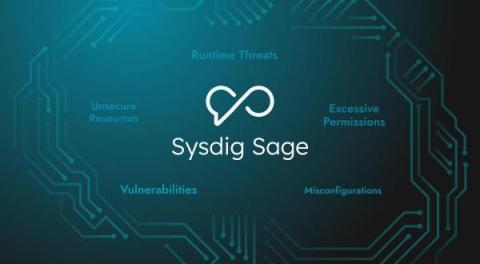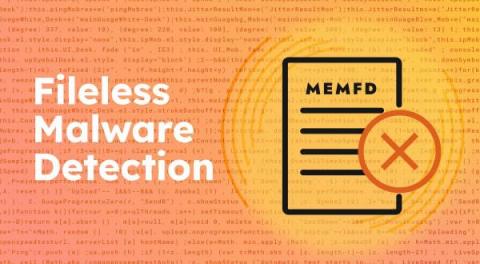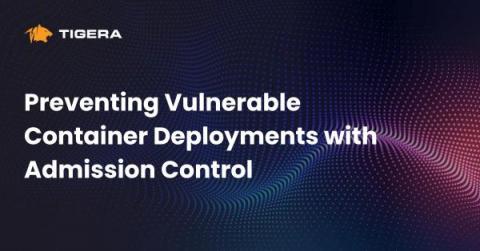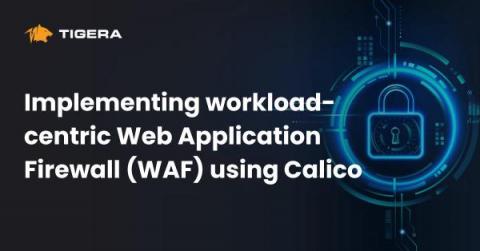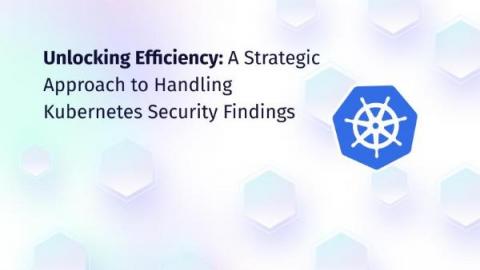What's New in Sysdig - July 2023
“What’s New in Sysdig” is back with the July 2023 edition! My name is Curtis Collicutt, based in Toronto, Canada, and the Sysdig team is excited to share our latest feature releases with you. This month, Sysdig Secure Live has been enabled for all the users!





